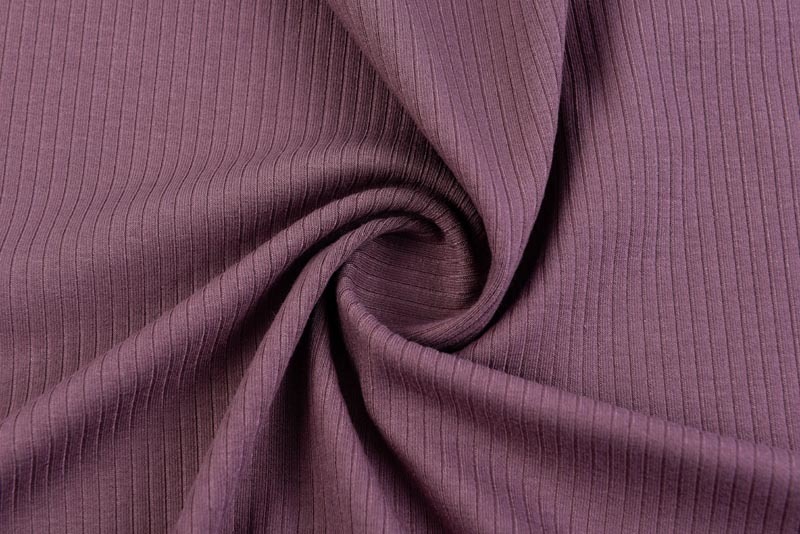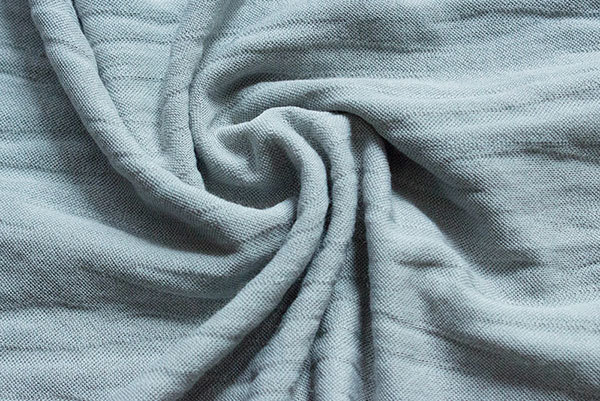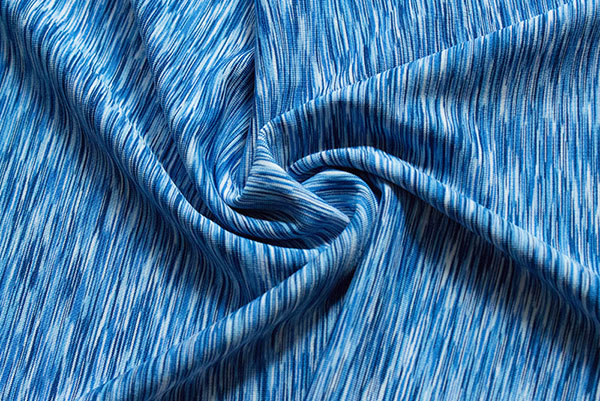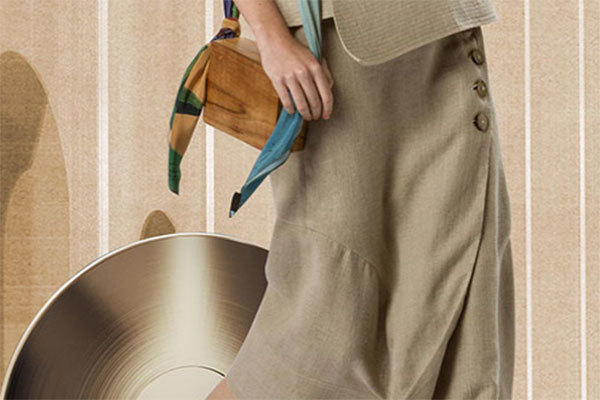From ancient times to the present, traditional Chinese printing and dyeing techniques
The pattern on the fabric can be formed by dyeing first and then weaving, that is, dyeing the fibers first and then weaving. However, during the Yin and Zhou dynasties, when weaving techniques were not yet developed, there was no technology for weaving complex patterned fabrics. At that time, only hand-painted methods were used to apply pigments to the fabric. Later, people invented pattern printing and dyeing technology, which was popular due to its simplicity, practicality, low printing cost, and fast speed. Even during the Qin and Han dynasties, when weaving technology had made breakthroughs and the skills to weave various complex patterns were already mastered, printing technology did not stagnate and continued to develop rapidly, becoming an indispensable and important component of textile technology. The main popular printing methods in ancient times include painting, relief printing, xie xie xie, twisted xie, wax xie, and so on.
Painting
Painting was a commonly used coloring method during the Yin and Zhou dynasties, which used a painting method to apply evenly mixed pigments or dye solutions onto fabrics to form patterns and patterns. According to literature records, nobles at that time enjoyed wearing painted clothing and represented social status with different painted patterns. In the clothing of the Zhou Dynasty emperors, there is a painting with 12 patterns, including sun, moon, stars, mountains, dragons, flowers, insects, algae (water plants), fire, pink rice, axe shaped patterns, and fu (symmetrical geometric patterns). These 12 patterns are ranked by level, with the sun and moon being the most noble. From the emperor to officials at all levels, they are adopted according to their status and position.
From the unearthed Western Zhou silk and embroidered fabrics, it can be seen that the patterns chosen by the nobles are both complex and colorful. The pattern is not simply depicted on the fabric, but rather employs a more complex process of dyeing the fabric into one color, then embroidery with another color of silk thread, and then painting with mineral pigments. The method of drawing was quickly replaced by printing technology due to its labor-intensive and time-consuming nature, as well as poor color fastness. However, due to the different styles of the dyed fabric compared to other dyeing methods, it was still loved by people, and has been produced in small quantities throughout history. In the early Qing Dynasty, hand-painted fabrics began to be exported in large quantities to Europe, and the quantity increased year by year, which to some extent promoted the development of the European dyeing and weaving industry.
Embossed printing
The method of embossing printing is not complicated. It involves carving a pre designed pattern on a flat and smooth wooden board or other similar material, then applying color to the raised part of the pattern, aligning the pattern, and applying pressure to the fabric through embossing to obtain the pattern pattern on the fabric. In fact, in daily life, stamping with a stamp is the simplest form of embossed printing. The embossed printing technology had reached a considerable level in the Western Han Dynasty. The printed colored yarn and gold silver printed yarn unearthed in Mawangdui, Changsha were made by combining embossed printing with painting.
Printing and applying colored yarn is the process of first printing flower branches using a raised pattern, and then processing them in white, vermilion, grayish blue, yellow, black and other colors to depict flowers, stamens, leaves, and buds. The surface of the colored yarn is hand-painted with flowers, lively and smooth, meticulous, and embossed with clear and bright lines, with few interruptions. The entire fabric has thick and three-dimensional colors, fully reflecting the effect of embossed printing.
Summary:
The pattern on the fabric can be formed by dyeing first and then weaving, that is, dyeing the fibers first and then weaving. However, during the Yin and Zhou dynasties, when weaving techniques were not yet developed, there was no technology for weaving complex patterned fabrics. At that time, only hand-painted methods were used to apply pigments to the fabric. Later, people invented pattern
Author:
Source:
Date:
2023-08-28
Other information







